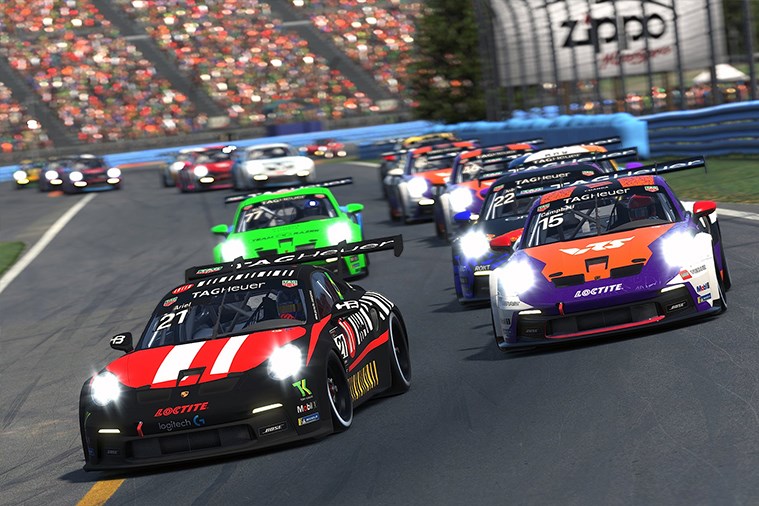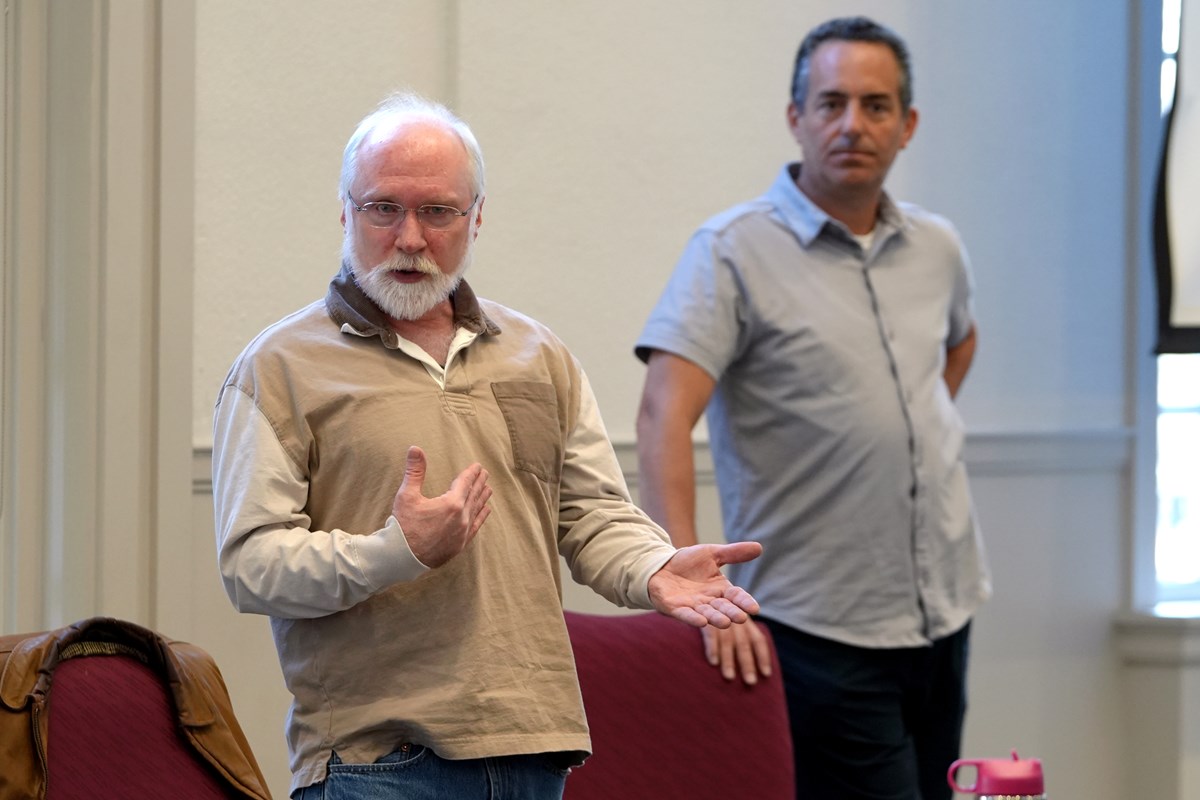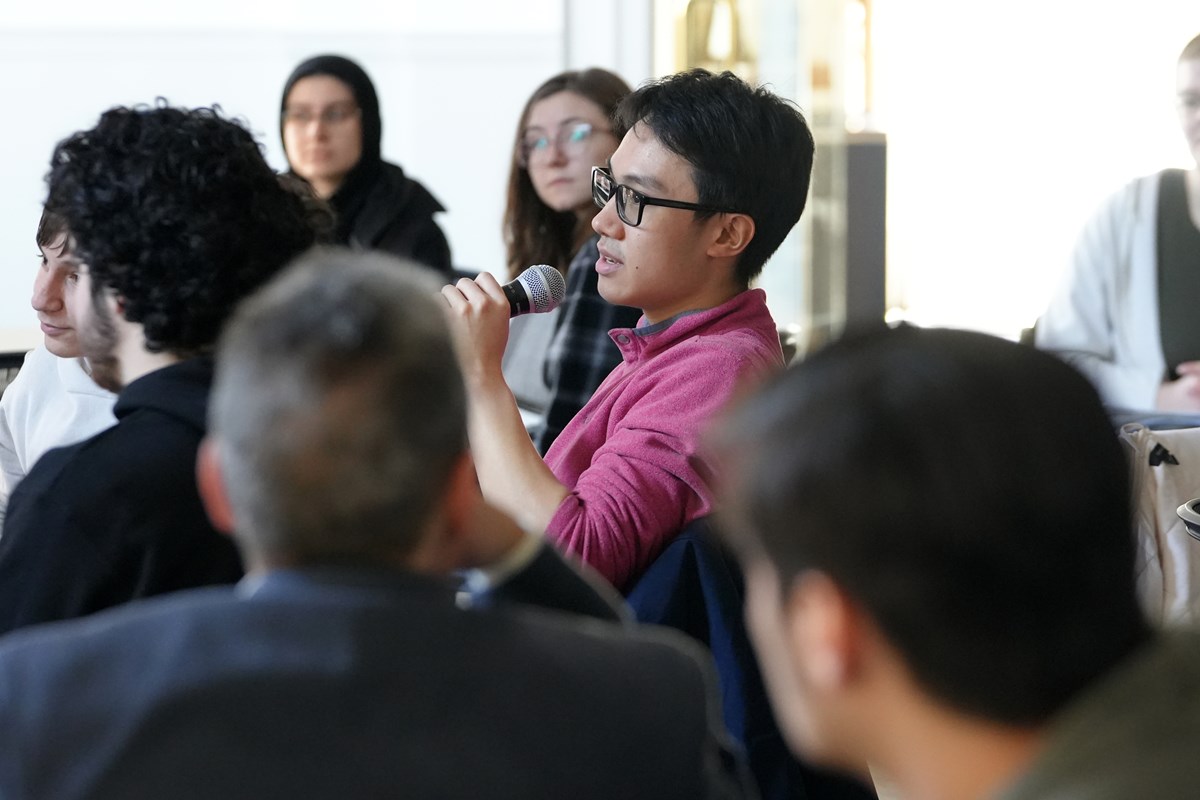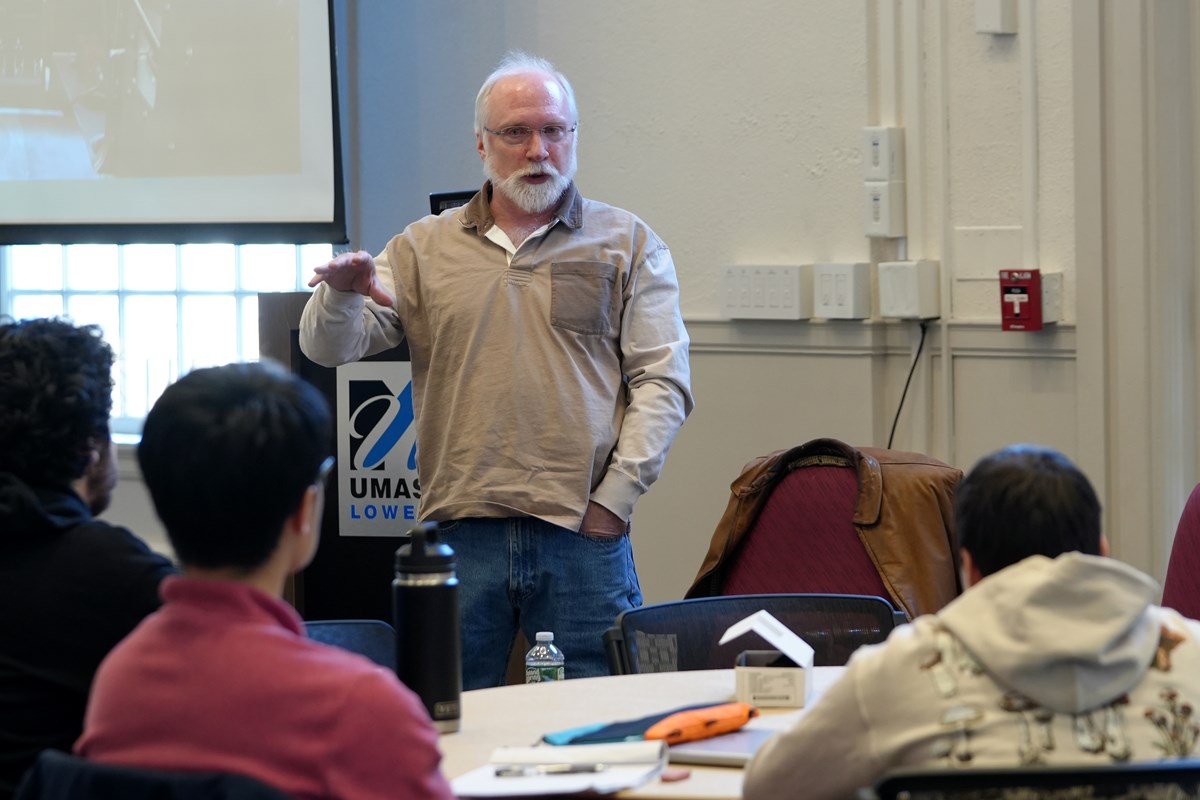Computer Science Alum Discusses Developing Leading Racing Simulation Game
 Image by iRacing
Image by iRacing
03/01/2024
By Brooke Coupal
After 500 grueling miles traveling at speeds approaching 200 miles per hour, NASCAR driver William Byron came out victorious at the Daytona 500 in Florida on Feb. 19.
Unlike most drivers who learn the fundamentals of racing by getting behind the wheel of a car, Byron gained his initial skills through iRacing, a motorsport racing simulator. Computer science alum Randy Cassidy ’86, ’90 is the mastermind behind the simulation’s back-end infrastructure.
“There are fans of racing who want to experience what it’s like to be their favorite driver, and that’s something you get with this simulation,” said Cassidy, iRacing’s principal software engineer. He and iRacing Executive Vice President Steve Myers recently spoke about the company’s success during a Sports Collaborative for Open Research and Education (SCORE) event at Alumni Hall on North Campus.
 Image by Brooke Coupal
Image by Brooke Coupal
All that is needed to race in the simulation is a computer and an iRacing subscription, allowing anybody to experience the thrill of race-car driving from the comfort of their homes.
Online racing has been gaining in popularity as the technology has continued to improve. According to one industry estimate, the racing simulation market is expected to grow from $500 million in 2024 to $1.1 billion by 2030.
iRacing also appeals to professional drivers, such as Byron and Dale Earnhardt Jr., due to the realistic nature of the simulation. The company, which is headquartered in Chelmsford, Massachusetts, goes to racetracks around the world and uses a laser scanner to get every detail of the tracks, from the paint lines to curves. They then take this data and program it into the simulation to create realistic replicas of the tracks.
 Image by Brooke Coupal
Image by Brooke Coupal
One track that iRacing has replicated is the Indianapolis Motor Speedway in Indiana. Myers recalled an IndyCar Series driver testing out the simulation for that track when he abruptly pulled over just after exiting the pit road, where cars go to get adjustments during races.
“He looked at me and was like, ‘I cannot believe that you guys have the bump at the end of pit road. Only IndyCar drivers know about this bump,’” Myers said. “This guy didn’t even get off pit road before he validated the technology that we’ve developed.”
Cassidy takes pride in the technology, which he has been working on long before joining iRacing at its inception in 2004. He previously spent 10 years as a senior software engineer for the now-defunct computer game developer Papyrus Design Group. There, Cassidy developed artificial intelligence software that enabled computer opponents to operate within racing simulation games. The co-founder of Papyrus, Dave Kaemmer, went on to co-found iRacing with John Henry, the principal owner of the Boston Red Sox. They purchased back the technology created at Papyrus and used it as a base for iRacing.
 Image by Brooke Coupal
Image by Brooke Coupal
“In addition to all the theory that you learn in the computer science program, you get a lot of hands-on experience; I’ve found that that’s really essential,” he says. “The education I got at UMass Lowell was instrumental in doing computer science in industry.”
First-year computer science student Chris Nguyen says it was exciting to see what Cassidy did with his degree.
“It’s so cool to see the product he built,” he says. “And it’s great to hear from someone who went to UMass Lowell and is now in a high position within their company.”
